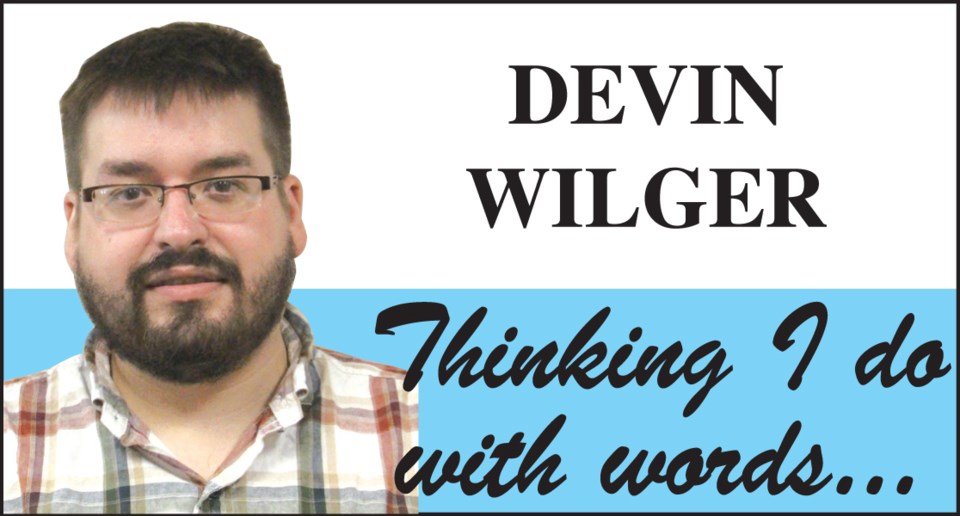As you read this, I am likely taking pictures. This is partially because that’s just what I do, but it’s also because I took this week as an opportunity to test cameras. I have too many cameras, but more importantly, I have to see if they all work.
My camera collection has grown quickly, and possibly irresponsibly, over the past year. I have an absurd variety, from many years, many styles, using many different types of film. Some use film I can’t find anymore, so they’re exempt from the test, but apart from those I intend to get a roll of film through the rest of them in the next couple weeks. I need to see what works, what doesn’t, what I like, what I don’t, which I should keep, and which need to go away.
It has made me more convinced that people need to try film, especially when using a vintage camera, because it’s a lot harder and that’s kind of handy.
I have cameras that do not have light meters, whether because they never did, because they are broken, or because they use a battery that was not great for anyone’s health. That’s interesting just because it means you have to go all manual, occasionally improvising because of what you have handy. Take the Sunny 16 rule, a general guide to taking pictures that probably works and gives you something to guess at while taking a picture. It might not necessarily work, but hey, millions of photographers in the past used it and it went okay.
I have many cameras that do not focus automatically. Some don’t even give you much to go with, making you estimate distance because they work on guesses rather than with any sort of useful guide.
Plus, unlike digital, you’ve got to wait until well after you’re out shooting before you discover whether or not you did everything right.
It is strangely therapeutic in a way that digital isn’t, because with digital you can just keep trying until you get it right. I’ve taken 36 exposures - an entire roll of film – at one event just taking pictures of a group standing around, because digital allows you to do that and people keep blinking anyway. That’s a problem when you’re out to relax, because you are just going to keep trying until you get it right.
With film, with old cameras, which you aren’t sure work correctly anyway because you haven’t used them before, you just kind of have to let go. You might have got the shot, you might not. You might have done everything correctly, you might not. You won’t find out immediately. It might be what you intended, it might not. It might have gone wrong in an accidental and interesting way. It might be beautiful, it might be terrible. But the important thing is that you had that moment, and can let it go. It’s relaxing and rewarding in a way digital can’t be and you don’t want it to be.



